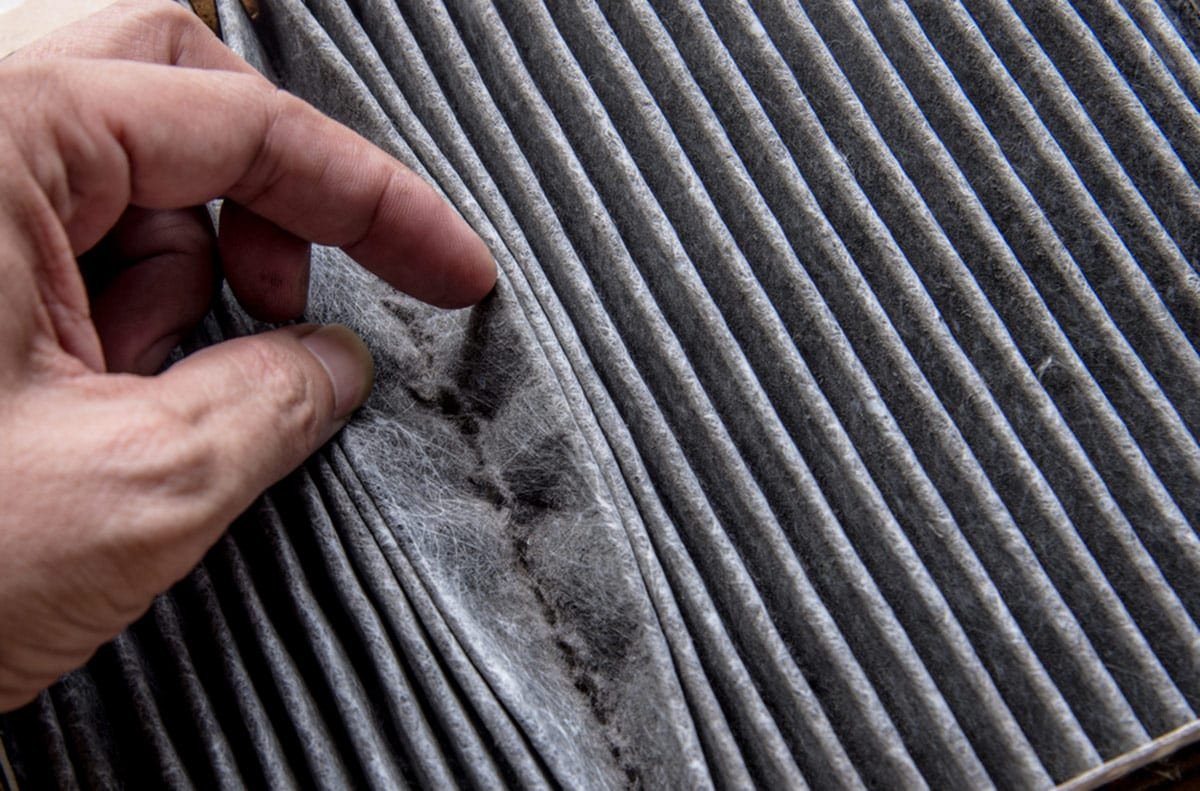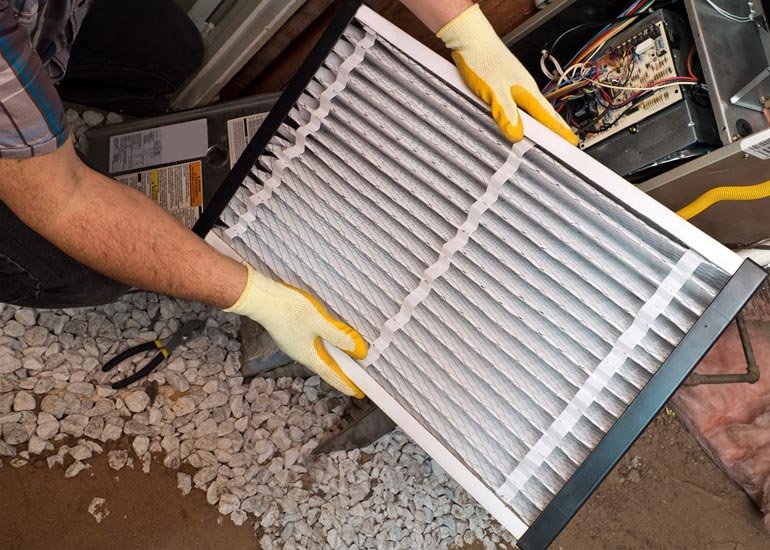Homeowners should be aware of many essential aspects of a home. One of these is the difference between ERV and HRV. When it comes to ventilation, you may have heard of ERV and HRV before. Many people don’t know the difference, which can lead to confusion when making decisions about their homes.
In this blog post, we will discuss the difference between ERV and HRV and provide tips on choosing the right one for your home!
What is Home Ventilation?
Home ventilation is exchanging air between the inside and outside of your home. It happens in several ways, but the most common method is mechanical ventilation. Mechanical ventilation uses fans to move air through your home, providing fresh air and helping to remove pollutants.
There are two types of mechanical ventilation: exhaust-only and supply-and-exhaust. Exhaust-only ventilation relies on negative pressure to draw air out of your home. In contrast, supply-and-exhaust ventilation uses positive and negative pressure to move air through your home.
What is ERV?
ERV, or energy recovery ventilation, is a type of mechanical ventilation that uses a heat exchanger to transfer energy between the exhaust air and the fresh air supplied to your home. It helps to improve the efficiency of your ventilation system by pre-conditioning the fresh air and can also help to reduce your heating and cooling costs.
What is HRV?
HRV, or heat recovery ventilation, is similar to ERV because it uses a heat exchanger to transfer energy between the exhaust air and the fresh air supplied to your home. However, HRV systems are designed to recover more heat from the exhaust air, making them more efficient than ERV systems.
How Does an ERV System Work?
An ERV system consists of a heat exchanger, exhaust fans, and supply fans. The heat exchanger is located between the exhaust and supply fans and is used to transfer energy between the two airstreams.
The exhaust fans draw air from your home and pass it through the heat exchanger. The fresh air supplied to your home is also passed through the heat exchanger. The heat exchanger transfers energy from the exhaust air to the fresh air, pre-conditioning it before it enters your home.
The supply fans push the fresh air into your home, providing a steady stream of fresh, conditioned air.
How Does an HRV System Work?
An HRV system works by exchanging air with the outside environment to regulate indoor temperatures. It is done through heat and moisture exchange, which helps keep the air inside your home at a comfortable temperature. The HRV system will also help reduce the amount of energy you use for heating and cooling, as it will not need to work as hard to maintain a comfortable temperature.
Differences between ERV and HRV Systems
The main difference between ERV and HRV systems is the amount of heat they can recover from the exhaust air. ERV systems are designed to recover around 50-60% of the heat, while HRV systems can recover up to 80% of the heat. It makes HRV systems more efficient than ERV systems and better suited for homes in colder climates.
ERV systems are also typically less expensive than HRV systems, making them a more affordable option for homeowners.
Additionally, an HRV system does not have a heat exchange function. It will not be able to provide the same level of energy efficiency as an ERV system. However, an HRV system can still provide good indoor air quality and temperature regulation.
Conclusion
ERV and HRV systems are both types of mechanical ventilation that use a heat exchanger to transfer energy between the exhaust air and the fresh air being supplied to your home. ERV systems are designed to recover around 50-60% of the heat, while HRV systems can recover up to 80% of the heat.
If you’re still confused about the difference between ERV and HRV or which type of system is right for your home, contact a local HVAC contractor. They will be able to assess your needs and recommend the best kind of ventilation system for your home.









